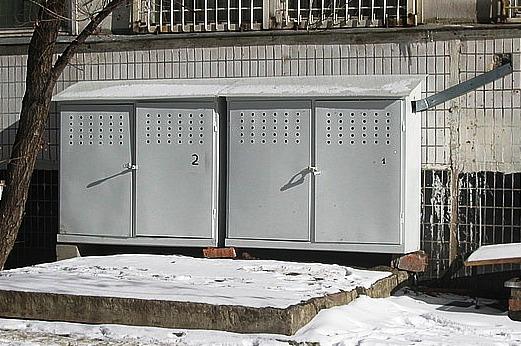Summer has come, but the question of how and with what to heat a country house does not lose its relevance.
Regular readers of our site have already managed to get acquainted with the article: "".
Despite the fact that there are many heating systems on the market, many residents would like to heat their home with mains gas.
However, it is not always possible to connect to the “blue fuel” pipeline. If there is no gas and gasification of your individual housing does not shine in the near future, liquefied gas from cylinders will become an alternative.
Is gas-balloon heating profitable?
It seems that autonomous gas heating of a private house is easy and simple to organize. All you need is:
- Buy a gas boiler. Most of the boilers operating on main gas can also operate on liquefied gas. To do this, you need to change the nozzles and, if necessary, reconfigure the control system;
- Purchase a gearbox, gas-cylinder equipment and valves;
- Connect and set up the heating system.
The main questions that arise for any homeowner who is thinking about an LPG heating system are:
- Will I be able to heat the house;
- How long can the boiler work on one cylinder.
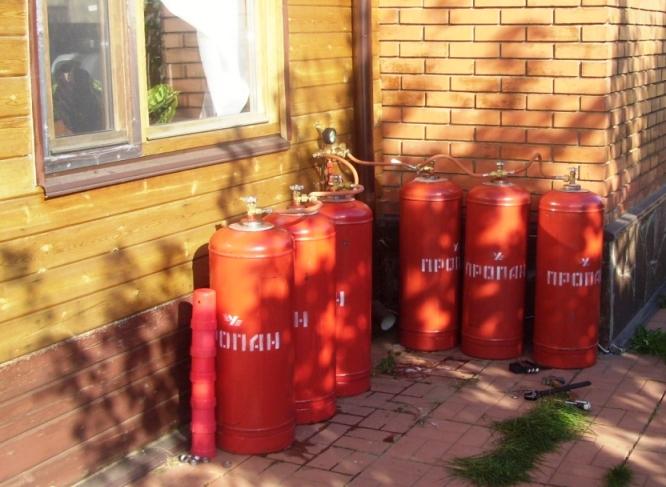
Autonomous gas heating of a private house is best organized using 50-liter liquefied gas cylinders.
The practical experience of members of the forum suggests that it is unprofitable to heat a private house with gas from cylinders if the cottage is poorly insulated and the building has large heat losses. It is necessary to take into account the total area of a country house. Gas heating from cylinders of a cottage with an area of 150-200 sq.m. can cost a pretty penny.
In this case, solid fuel boilers can become an alternative.
- I heard that one 50-liter tank is enough for 1-2 days of work (and this is without taking into account the use of hot water supply).
- I heard that one cylinder with a capacity of 50 liters is enough for 1-2 days of work (and this is without taking into account the use of hot water).
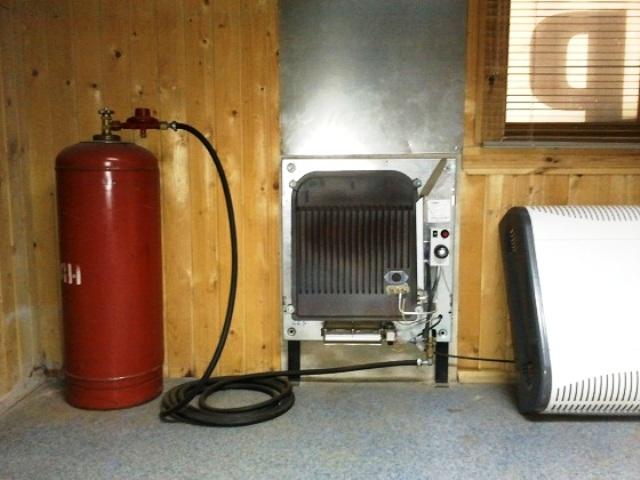
Schweik:
- I heated a house with an area of 70 sq.m. with gas. On average (depending on the temperature outside), one 50 l cylinder was enough for me for a period of 1 to 7 days.
Endless:
- I have a well-insulated frame house. I heat about 140 sq.m. At outdoor temperatures down to -20°C, three cylinders are enough for 5-6 days. At -5°C - for 10 days.
- I have a house with an area of 145 sq.m, the foundation is UWB, heating with underfloor heating plus hot water supply. The boiler turned on twice a day, for 2-3 hours. Cylinders of 50 l filled with 20 kg. The temperature in the house was set to 23°C. The monthly costs are as follows:
- November - it took 4 cylinders. Temperature outside +5-0°C.
- December - it took 10 pieces. Temperature outside -10 -27°C.
- January - it took 8 pcs. Outdoor temperature -5 - 20°C.
- February - it took 7 pieces. Outdoor temperature -5 -15°C.
- March - it took 6 pcs. Outdoor temperature -5 +5°C.
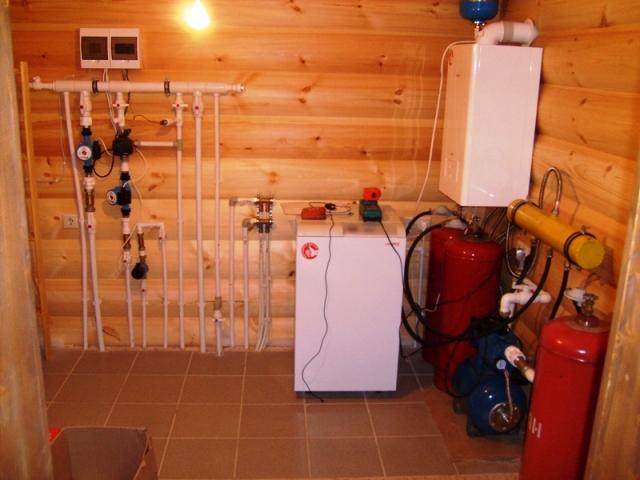
From 35 to 42 liters of gas is placed in one gas cylinder, in liquid form it is 22 kg. Consumption of liquefied gas for any boiler - 15 liters per day per 100 sq.m. heated area.
Before you understand whether the game is worth the candle and whether autonomous gas heating of a country house will pay off, you need to familiarize yourself with the following data, which presents the economic feasibility of a particular type of heating.
1. = 33 kop / kWh.
2. An electric boiler operating in conjunction with a TA (thermal accumulator) at a night rate = 0.92-1.32 rubles / kWh.
3. Pellet boiler = 1.20 -1.32 rubles / kW * h.
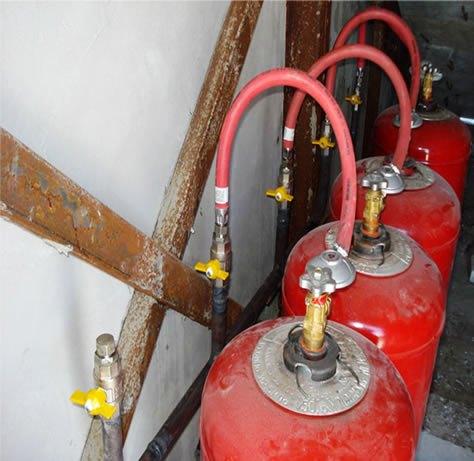
For comparison, the efficiency of heating on liquefied gas is only 2.32 rubles / kWh.
When calculating the efficiency of a particular heating system, it should be taken into account that in the suburbs of Moscow and other regions there may be priorities in choosing fuel, which depend on its availability and climatic conditions. Somewhere it is cheaper to heat the house with coal, and somewhere with firewood.
When calculating the profitability of heating with liquefied gas, many people forget that cylinders will have to be transported to a gas station on average once a week, and these are additional costs, both monetary and temporary. Therefore, heating on liquefied gas can be beneficial if 4 conditions are met:
- Small area of the house - up to 100 sq.m.;
- The house is well insulated;
- In the near future, your village is planned to be gasified, main gas will be connected. In this case, heating with liquefied gas is a temporary measure that allows you not to buy two different boilers;
- The liquefied gas boiler is a backup and works in conjunction with other heating appliances.
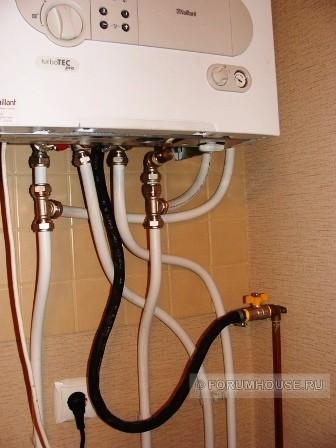 evo:
evo:
– When I leave for work, I turn off the home gas boiler and turn on the heaters powered by electricity, because. in frosts below -20°C, the gas runs out quickly. In such a “sparing” mode, two cylinders are enough for me for 7 days. And this includes the preparation of hot water. I recommend purchasing at least 3 bottles. One - for the operation of the boiler, one - as a reserve, one - for refueling.
You can also mount a bunch of electric and gas boilers.
Despite the increase in the cost of such a heating system, the overpayment is not for the sake of saving, but to increase comfort.
In this case, the need to travel and refill tanks is partially eliminated.
Features of gas-balloon heating
To install a reliable and safe heating system on liquefied gas, it is necessary to understand its features, which are due to the properties of this fuel.
Cylinders are filled with a mixture of propane and butane. This mixture, at high pressure, is in a liquid state, which is necessary for its transportation. Also, tanks can be filled with different types of fuel - depending on the season:
- technical butane (BT);
- summer technical mixture of propane and butane (SPBTL);
- winter technical mixture of propane and butane (SPBTZ).
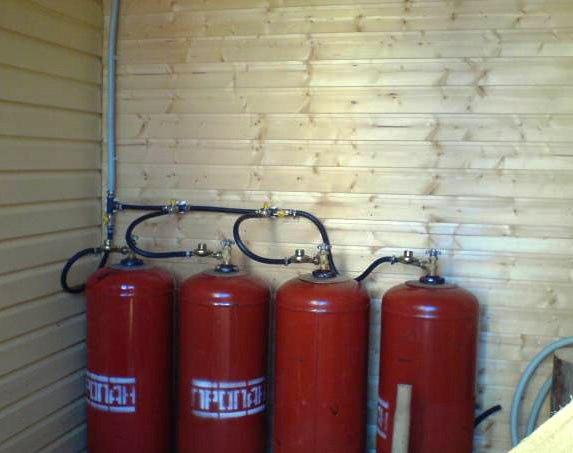
Liquefied hydrocarbon gases (propane-butane) are abbreviated as LPG.
Gas-balloon heating requires special attention in winter.
– We decided to heat a house with an area of 120 sq.m. using a gas boiler running on liquefied gas. Gas cylinders are on the street in metal cabinets. There is one for the stove, and a bundle of 5 cylinders has been made for the gas boiler, but so far only 2 are connected. When the temperature drops to -2 ° C, a problem arises - gas does not flow, and the boiler, accordingly, does not work. I think the gas is frozen.
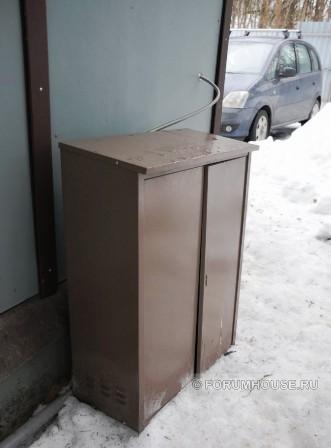
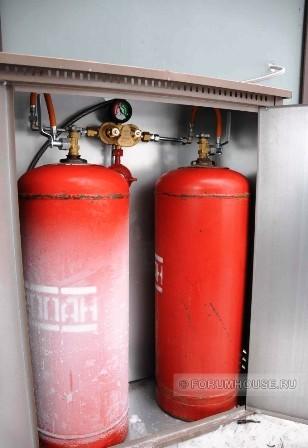
Gas neither in pipes, nor in cylinders does not freeze. It simply does not evaporate, and again turns into a liquid inside the gas pipe if it has a negative temperature.
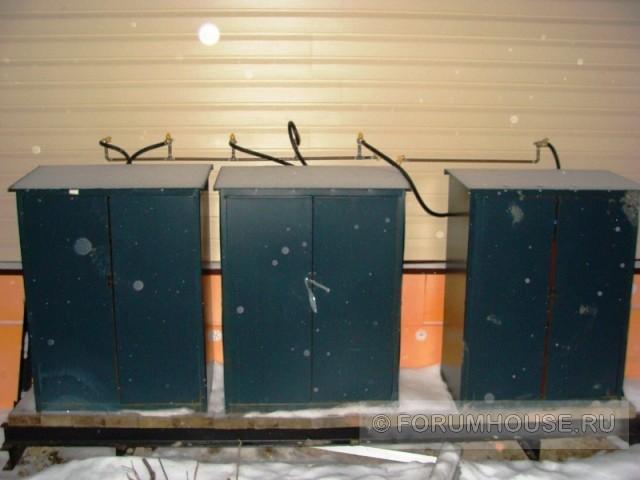
This happens for the following reason. The boiling point of butane is about 0°C. The boiling point of propane is -40°C. At a street temperature of -10 ° C, the propane-butane mixture in the cylinder boils, giving out the gaseous fraction necessary for the operation of the boiler. Propane will evaporate first, and only then the turn will reach butane. During this process, heat is absorbed. The balloon starts to freeze. As a result, the gas remaining in the cylinder (butane) also cools down. This leads to a decrease in the degree of its evaporation. Accordingly, the pressure necessary for the operation of the boiler drops.
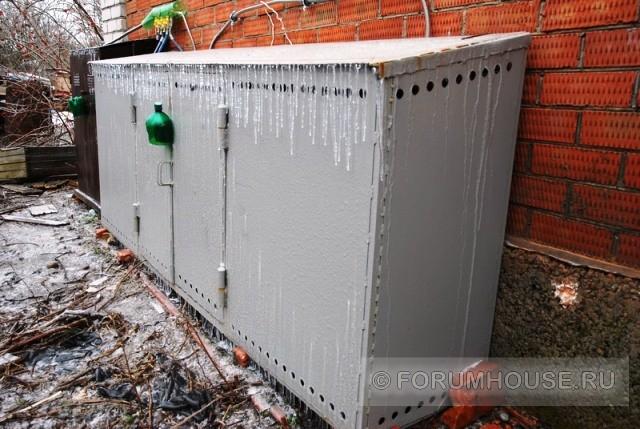
There is only one way out - to prevent the cylinder from freezing and warm it to a positive temperature, necessary for the evaporation of butane. You can do this as suggested by a forum member with a nickname Ruslan2.
- In my opinion, the best way to deal with this problem is to force the gas cylinders to be blown with warm air from the room (boiler room) where the boiler is installed: with a fan through an aluminum corrugation or plastic air ducts led into gas boxes, etc.
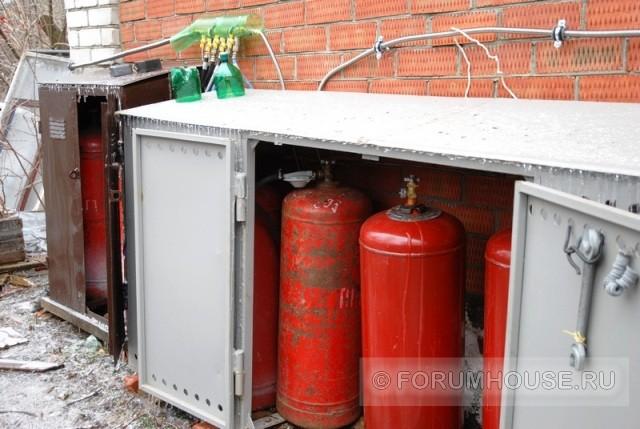
It is also possible to heat the cylinders (only not with open electrical cables!) According to the principle of a warm water floor, placing them in an insulated gas cabinet.
Safety measures when using gas equipment
A mixture of propane-butane is much heavier than air. Liquefied gas from cylinders always accumulates at the bottom. In the event of a gas leak, if the cylinder is in the room, you can simply not smell it until it reaches an explosive concentration. Therefore, it is planned to install the container outdoors, vertically in an iron box with holes at the bottom and top for ventilation.
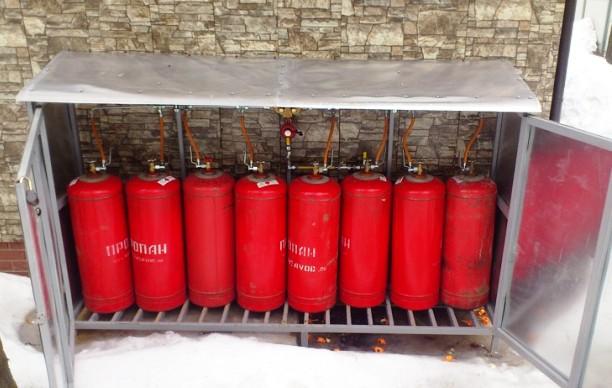
gray-haired2:
- I know a case when a man lowered a gas cylinder into the cellar. One day the homeowner decided to pick potatoes. He climbed into the cellar. He did not feel the smell of gas, and since. there was no switch, he just screwed the light bulb into the socket. There was an explosion. The man was lucky, being at the epicenter of the explosion, he escaped with only a shell shock, and a pile of construction debris remained from his garage and two neighboring ones.
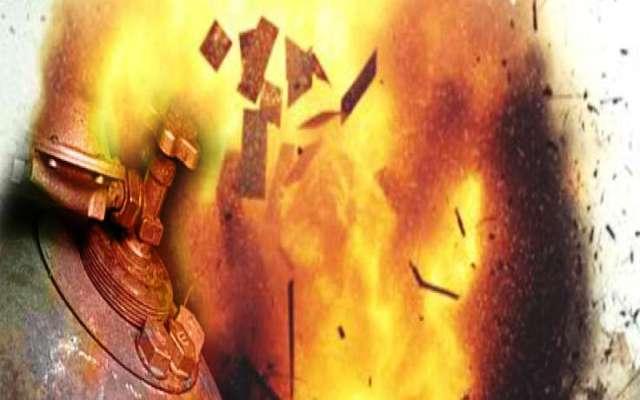
Safety rules prohibit: placing gas cylinders in the underground, basements, cellars, pits dug in the yard or near the house.
- It is forbidden to use electric heaters, heating cables, heating elements, etc. for heating gas cylinders.
- Gas cylinders must be placed in special cabinets installed on the north side of the house.
- The cylinder must not be filled more than 80% of its volume. Liquid gas has a large coefficient of volumetric expansion. This means that as the temperature rises, the volume of gas in the vessel increases. The expansion coefficient of the propane-butane mixture is about 7%. According to Russian standards, 15% is left for expansion. A cylinder of any thickness and strength will burst if filled to more than 93% in -20°C frost and brought into a room where +20°C.
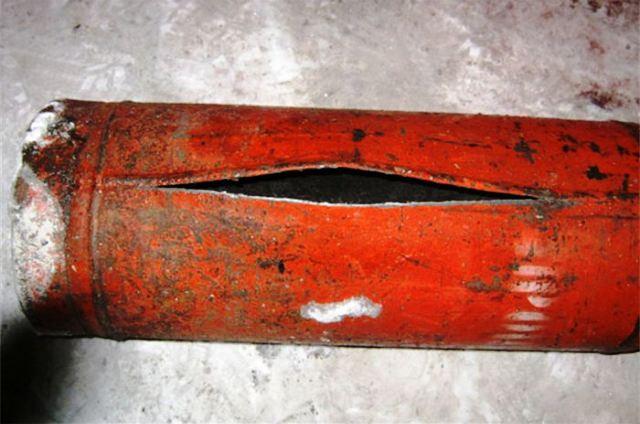
- All detachable connections on the gas line must be checked for leakage by washing.
- Detachable connections are made at the points of attachment of various elements where other connections are not possible (faucets, meters, gas appliances, etc.)
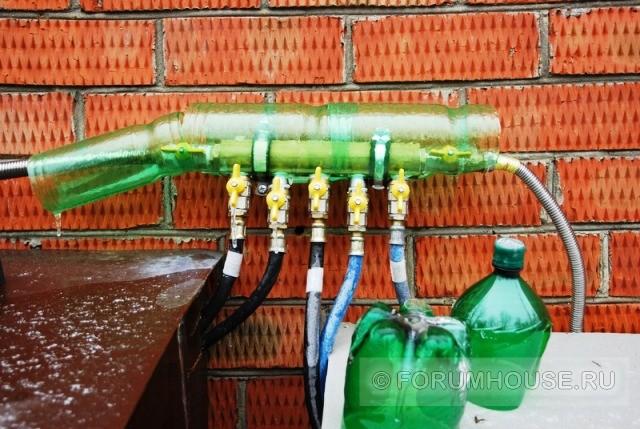
- Gas pipelines are made of steel pipes with a wall thickness of at least 2 mm. When passing through the walls, the pipe is placed in a case foamed with a soft material. The connection of the boiler to the gas pipeline can be done with a flexible connection specially designed for this purpose. The reducer is connected to the gas pipeline with a rubber-fabric sleeve (durite hose).
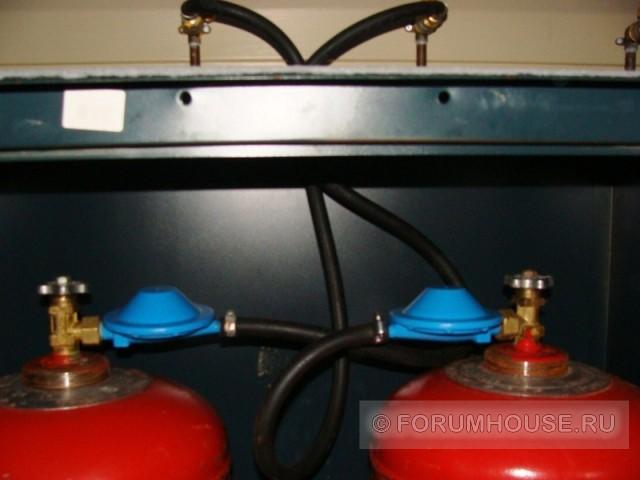
- If the cylinder is located in the room next to the boiler, then the connection is made with a rubber-fabric sleeve.
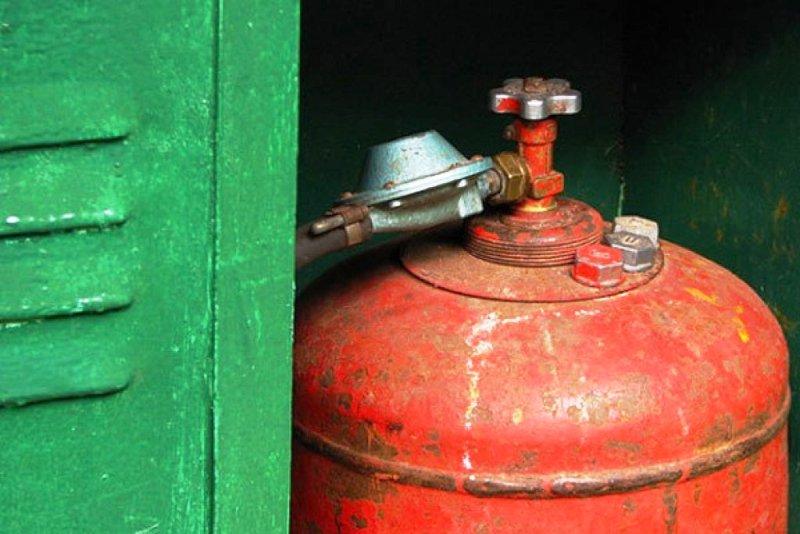
FORUMHOUSE users can learn about what to do if, discuss the details, learn about such gas in the house, take part in the discussion of the issue.
From our video you can learn how to heat a large house in the absence of main gas.

